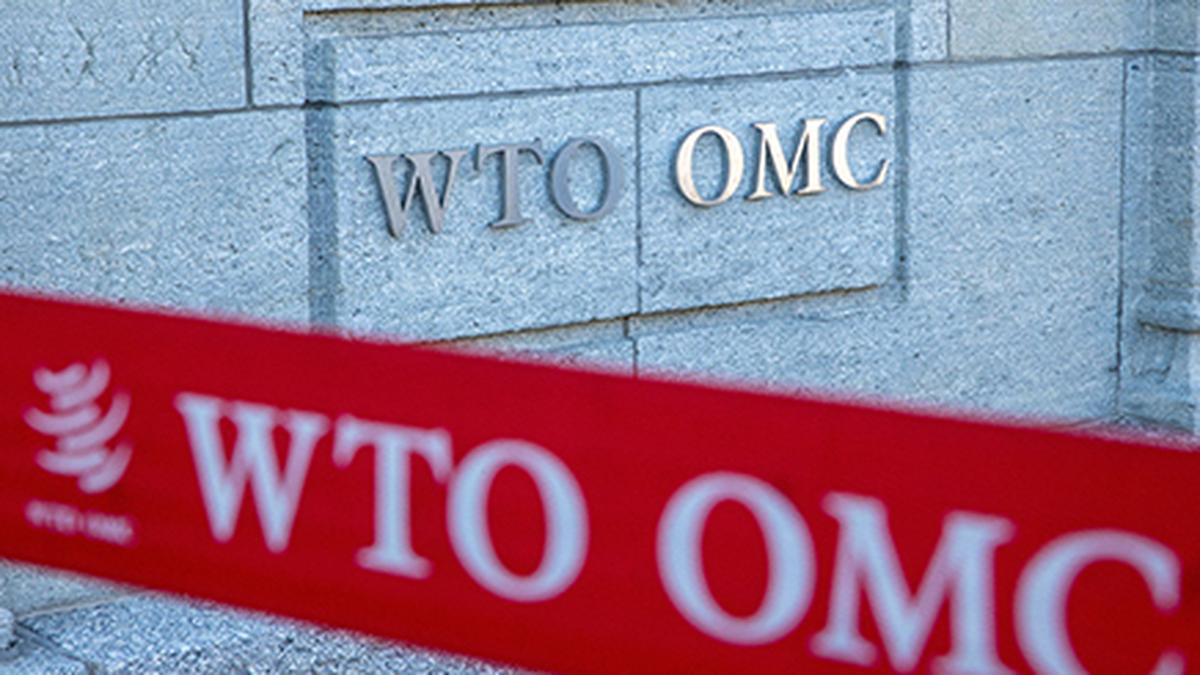
According to a communication from the WTO, India’s reciprocal measures could kick in 30 days from the date it sent its notification to the WTO — May 9. File.
| Photo Credit: Reuters
At a time when India and the U.S. are in talks over a trade deal, fresh tensions have emerged as India has notified the World Trade Organisation of its proposal to impose tariffs on $7.6 billion worth of imports from the U.S. in retaliation for that country raising its import duties on steel and aluminium to 25%.
According to a communication from the WTO, India’s reciprocal measures could kick in 30 days from the date it sent its notification to the WTO — May 9. The WTO said it was circulating the communication “at the request of the delegation of India”.

The matter first became a point of friction during U.S. President Donald Trump’s first term, when in 2018 he had first imposed higher tariffs on steel and aluminium imports. Then, in February 2025 with effect from March, at the start of his second term, he modified this by imposing tariffs of 25% on imports of steel and aluminium and removing all country-specific and product-specific exemptions that most countries had managed to obtain.
While the U.S. had declined overtures from India in April for talks over the matter, saying these higher tariffs were not safeguard measures but were taken in the interest of national security, India has maintained that they are safeguard measures.
“The measures have not been notified by the United States to the WTO, but are, in essence, safeguard measures,” India asserted in its communication to the WTO. “India maintains that the measures taken by the United States are not consistent with the General Agreement on Tariffs and Trade 1994 (GATT 1994) and Agreement on Safeguards (AoS).”
Further, it said that since the U.S. did not hold mandatory consultations under Article 12.3 of the AoS, India had the right to retaliate.
It added that “India reserves the right to suspend concessions or other obligations… that are substantially equivalent to the adverse effects of the measure to India’s trade”.

India further said that its proposed measures would be in the form of a suspension of concessions or other obligations on selected products originating in the U.S., which would in effect result in an increase in tariffs on these items.
“India reserves its right to suspend concessions or other obligations after the expiration of thirty days from the date of this notification (May 9, 2025),” it added.
The communication further said that the U.S.’ measures would affect $7.6 billion worth of imports into the United States from India, on which the duty collection would be $1.91 billion.
“Accordingly, India’s proposed suspension of concessions would result in an equivalent amount of duty collected from products originating in the United States,” it added.
India said it would inform both the Council for Trade in Goods and Committee on Safeguards of the WTO on “the next appropriate steps”.

If India does go ahead with its retaliatory measures, it would not be the first time. In June 2019, India imposed higher tariffs on 28 products from the U.S. after the U.S. removed India from its Generalised System of Preferences (GSP) and refused to discontinue its 2018 steel and aluminium tariffs.
The duties — covering $240 million in trade value — were withdrawn in September 2023, after Prime Minister Narendra Modi’s state visit to Washington.
Published – May 13, 2025 02:22 pm IST



